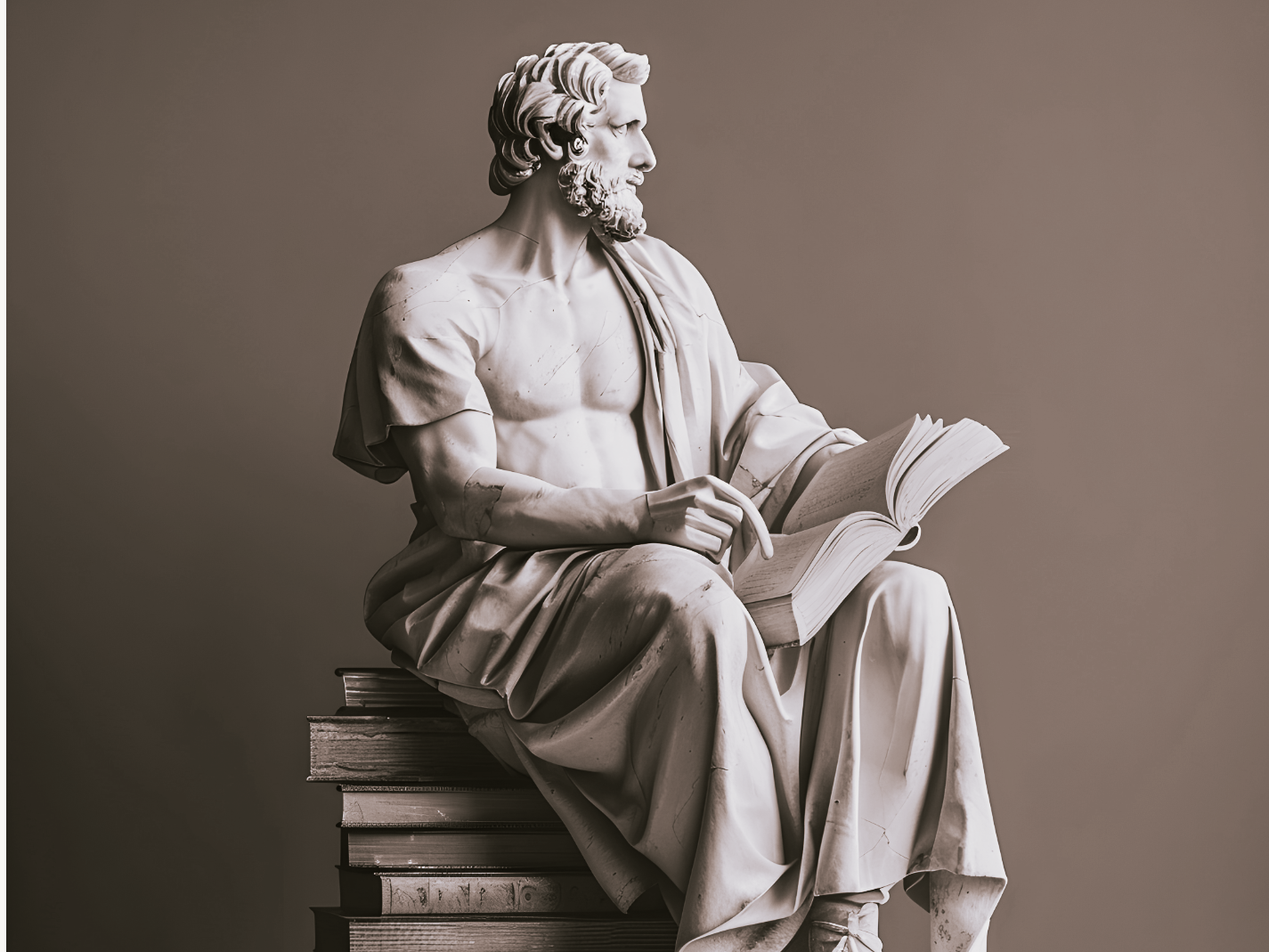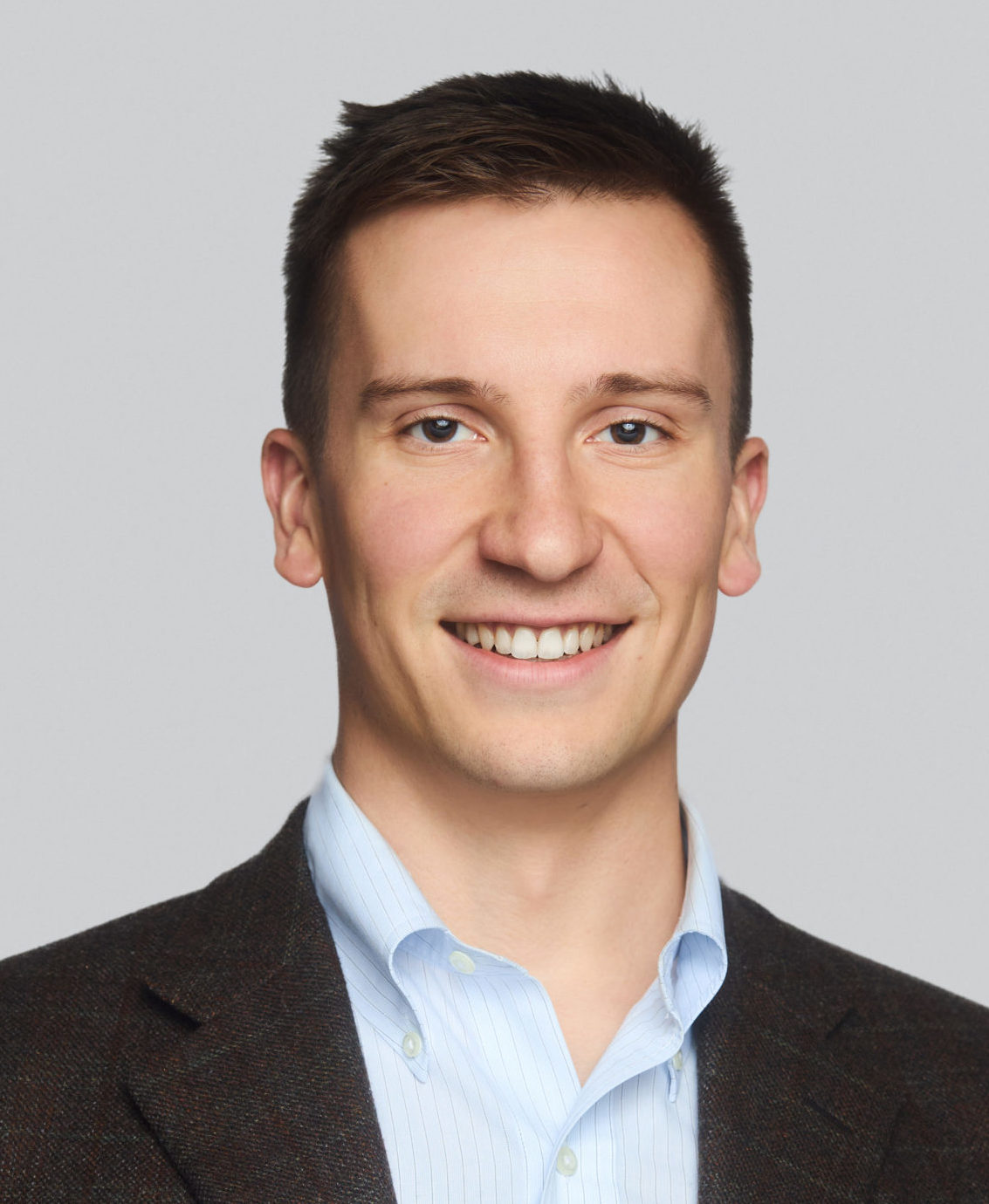
What does a liberal education look like? If history is anything of a guide, Latin, memorization of poetry, and studying nature are likely to be its hallmarks. Ritalin, breathing exercises, and bureaucracy: not so much.
In certain circles, some of the practices dismissed, definitely disproven by social scientists and 20th-century educational progressives, are being brought back, despite claims of ‘elitism’ and ‘stifling creativity.’ Turning their backs on the new ways, the new advocates of the old ways—phonics and memorization, no more “whole language approach” and “meaningful learning”—often coalesce under the heading “classical.” They are a diverse lot; there are roughly as many ideas about what constitutes classical education as there are classical schools and educators.
As with most revivals of the past, classical educators’ relationship is one of inspiration rather than strict fidelity or historical accuracy. Classical schools or curricula are “inspired” by Trivium and Quadrivium or classical ideals, but rarely seek to recreate these ideals perfectly. Instead, “classical” ideas about education are usually received through modern guides: Charlotte Mason, G.K. Chesterton, Ivan Illich, Maria Montessori, and so on. Some of these luminaries are shared with progressive educators, some are not educators per se.
If luminaries are shared, key differences are found in several broad tendencies in the classical school approach. One is to treat the past with reverence and warmth, like a grandparent.
The classical understanding of teacher and student has a similar tenor: rejecting the teacher as a “guide on the side, not the sage on the stage,” in classical schools, instructors are expected to be sages. They are expected to have a demonstrable love, as well as an established excellence, in the subjects they teach. Thus, few have education credentials, but most have impressive backgrounds in the humanities, as classicists, medievalists, Latinists, and so on. In the not-too-distant past, PhD programs would have courted such students, but today, classical school start-ups are their primary pursuers. If schools like Harvard heed the current administration’s call for intellectual diversity, perhaps these traditional humanists will once again find homes on college faculties.
[RELATED: Classical vs Unclassical Curricula]
While methods are diverse, classical schools are generally united by a number of pedagogical features. One is the use of memorization—vocabulary, later poetry, speeches, and texts, and oral recitation is a common form of assessment. The works memorized are chosen on the merits of their content and technical proficiency: Is the poem well-constructed and contains good thematic content? Educators hope that the works will provide the foundations on which students can build strong character and fulfilling lives.
If America is to experience an educational renaissance in the 21st century, “classical” education is likely to be part of the story. Older methods like phonics are once again proving their ability to deliver the goods: a decade after Mississippi’s 2013 phonics-based reading education bill, Mississippi’s 4th graders, adjusted for student demographics, have the best reading scores in the country.
Right now, classical schoolers are too busy building charter school networks and reviving religious education to participate in public conversations about education. However, growing illiteracy and lower math scores are driving the public and elected leaders to seek deeper, increasingly radical sources for reform.
The classical approach of returning to the sources of our culture and civilization might just be sufficiently radical. Radical still means, after all, “to the roots.” Classical school students, the first to receive Latin instruction in decades, would know that.
Follow Louis Galarowicz on X.
Image by Thares2020 — Adobe Stock — Asset ID#: 799096118
